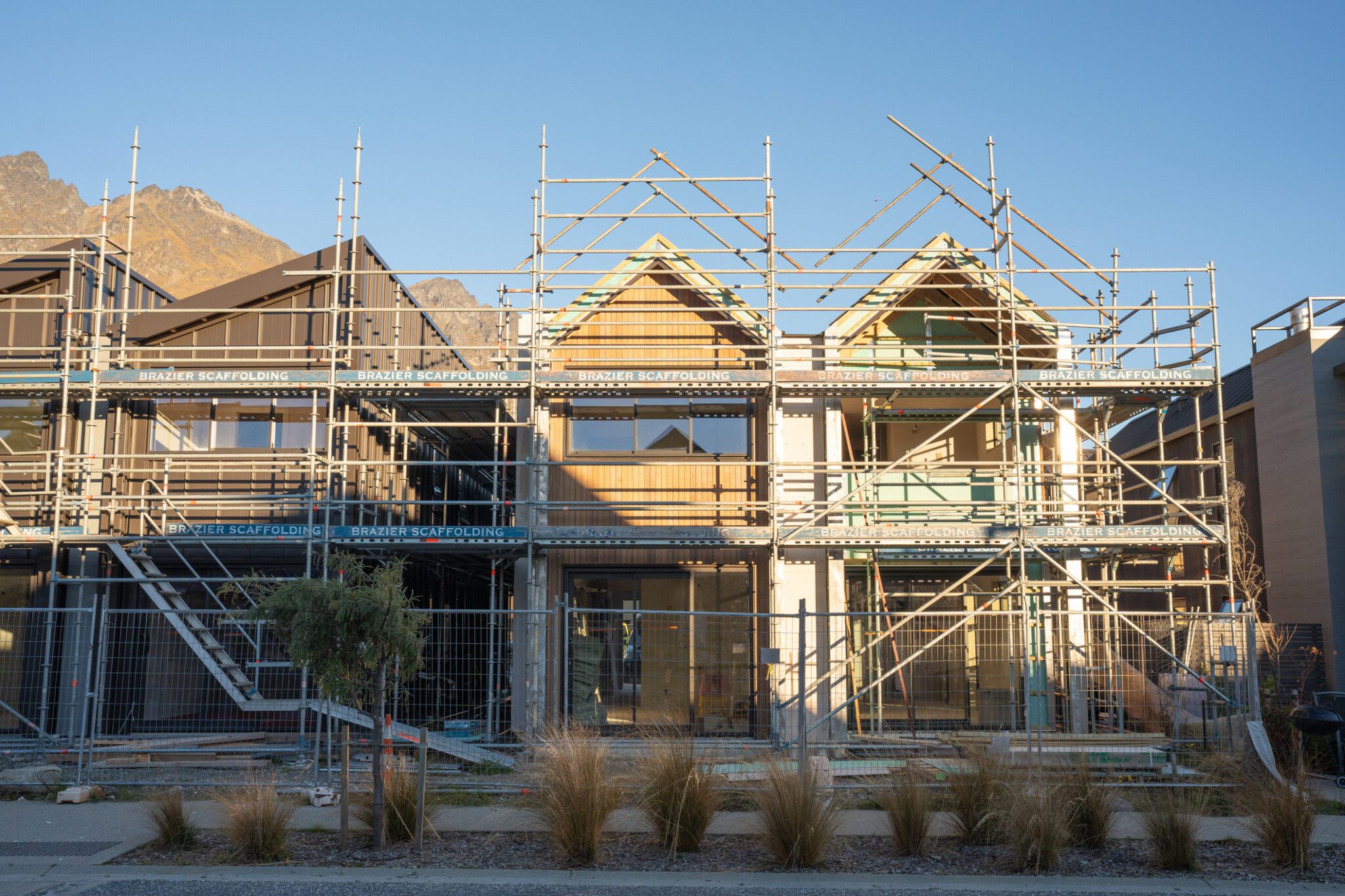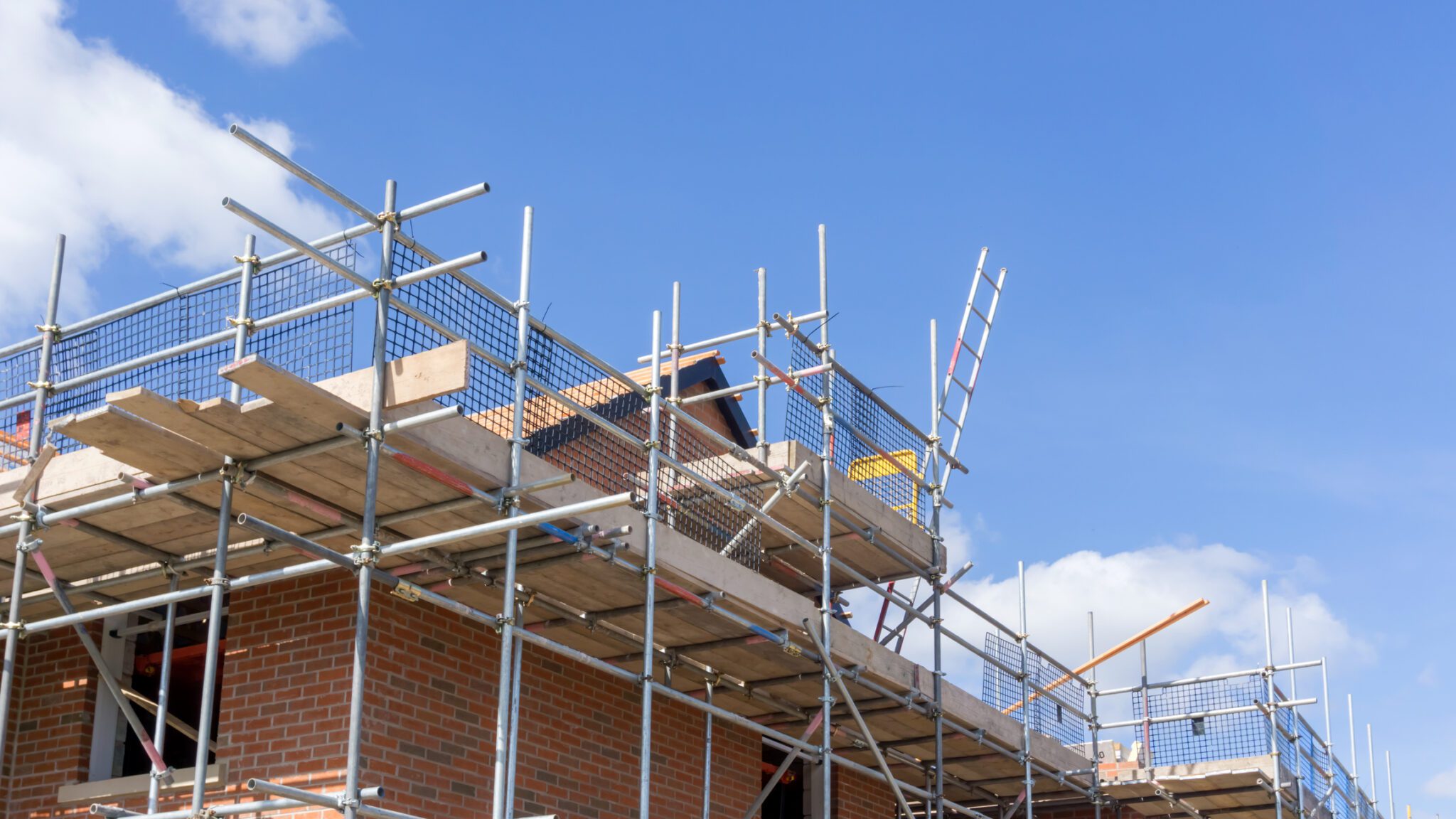The Supreme Court has just released a decision, Beca Carter Hollings and Ferner Limited v Wellington City Council [2024] NZSC 117, resolving the longstanding question of which of the Building Act longstop or the contribution provisions of the Limitation Act takes precedence. This is a significant issue in construction litigation because of the potential for building defects to be discovered a long time after construction.
Until 2021, cases had consistently held that the ten-year longstop under section 393(2) of the Building Act applied to claims for contribution under section 17 of the Law Reform Act 1936. This meant that third parties could not be joined to the proceedings beyond the ten year period.
The High Court in Beca declined to follow this line of authority. The Court decided that section 393 applied only to claims by building owners, while claims by defendants for contribution against other tortfeasors are governed by the Limitation Act 2010. The Court of Appeal upheld this decision. The Court of Appeal decided that the finality provided by the Building Act longstop is not absolute as the cause of action for the contribution claim did not arise at the time of the building work. It instead arises when one defendant is held liable to the plaintiff. Only then can a claim for contribution for that liability arise.
By a split (3:2) decision, the Supreme Court has upheld the Court of Appeal. While accepting that the wording of section 393(2) of the Building Act – specifically, “civil proceedings relating to building work” – was broad enough to capture contribution claims, the majority determined that if section 393(2) was intended to override the special regime which existed for contribution claims, the legislation needed expressly to make that clear. As it did not do so, the majority found that the limitation period governing contribution claims in relation to building work was section 34 of the Limitation Act 2010.
This means that for building claims, third parties who are joint tortfeasors will be able to be joined to a proceeding even if more than ten years have passed since the building work occurred. A claim for contribution can be brought at any time up to two years after the party seeking contribution is found liable to the plaintiff.
Insurers of parties engaged in construction work will now need to be aware that their insureds may face claims arising out of their work for a longer period than in the past. Individuals exposed to potential liability after retirement should ensure they have run-off cover for an extended period.
If you have any questions about the effects of this judgment, please contact a member of our litigation or construction law teams.






